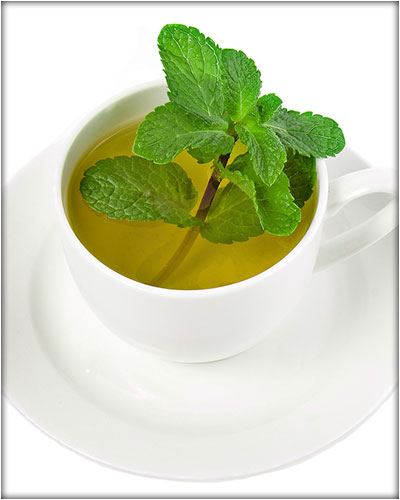Coconut Ice Cream
- 20 Apr - 26 Apr, 2024

Mint provides 70 calories per 100gm; 1g of fat, 31mg of sodium, 4g of protien, 569mg of potassium and 15g of carbohydrate.
· Mint leaves contain compounds called pulegone and menthol which are responsible for characteristic aroma of the plant and cooling effect that mint produces.
· Apple mint, spearmint and peppermint are the most popular varieties of mint that are cultivated worldwide.
· Name “minthe” originates from Greek mythology. According to legend, Hades’s wife, Persephone turned river's nymph Minthe into herbaceous plant after she discovered that Hades is in love with her. Since Hades couldn't reverse the spell, he added beautiful smell to a newly created plant. That way, mint spread magnificent odour when people walked across it.
· Mint belongs to the family Lamiaceae. This plant originates from Europe, Asia and Africa and grows in temperate climate.
· For millennia, mint has been used as a symbolism of hospitality. In ancient Greece, it was rubbed on tables to welcome visitors. The herb was used to clear the air in temples and homes. In the Middle East, mint tea was and is still offered to guests upon their arrival.
· Mint is a rich source of vitamins A, C and B2. It also contains valuable minerals such as calcium, copper and magnesium.
· The herb is used in traditional medicine, mainly for the treatment of painful stomach and chests.
· It can also relieve respiratory difficulties and skin burns because it produces cooling effect. Therapeutic effect is often achieved after consumption of mint tea.
· Besides its healing effects, mint is often used for whitening of teeth.
Researchers are finding more health benefits of mint now, especially in women. Peppermint tea has been shown to lower testosterone levels in females with polycystic ovarian syndrome. It has also been shown to prevent pain and damage in breastfeeding mothers, according to studies cited in Healing Spices, written by Bharat B. Aggarwal and Debora Yost.
COMMENTS